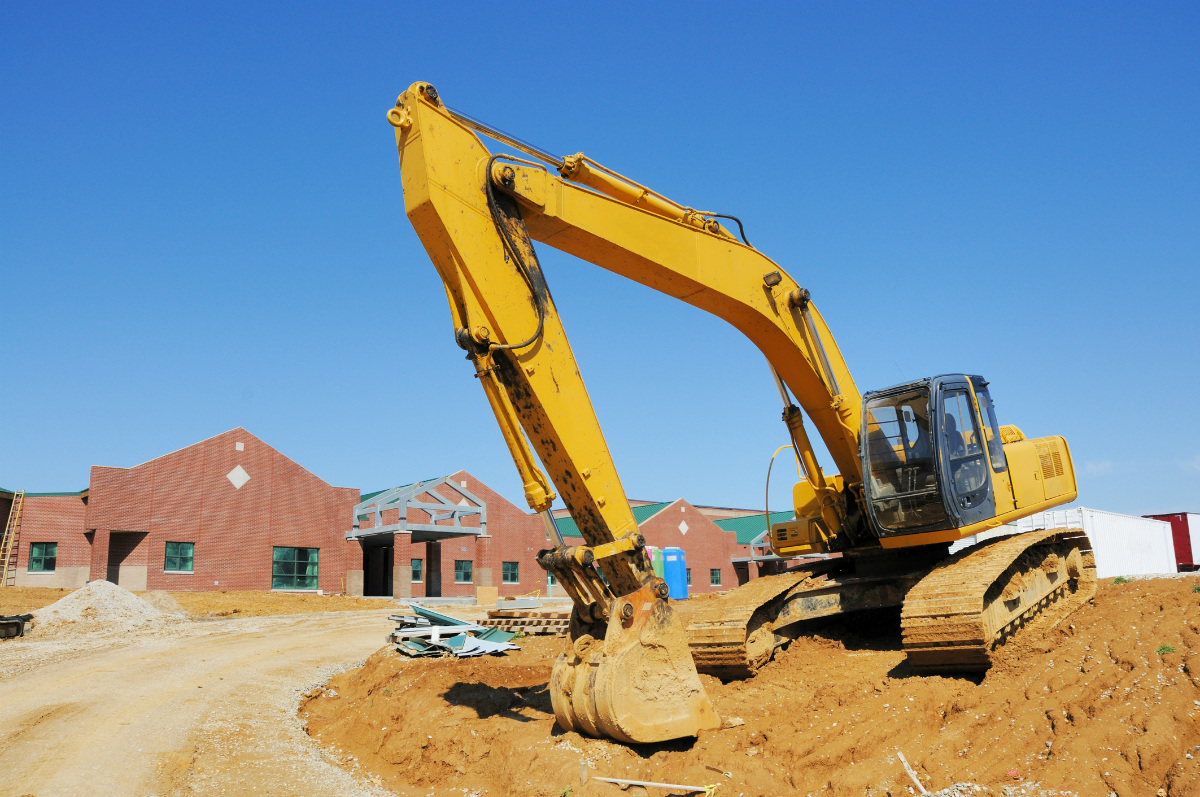At no time before have the more mundane, day-to-day aspects of school facilities been discussed with such contention, panelists said during a Feb. 10 webinar hosted by the California Association of School Business Officials.
“Facilities and our operations have never been in the limelight like this before. There’s a lot of fear, a lot of anxiety,” said Alan Reising, business services administrator for Long Beach Unified School District.
Administrators, teachers, school staff, parents and students are looking to facilities operators for reassurances that their buildings are suitable for the return to on-campus instruction, he explained.
“Never before have things like custodial services and facilities been on the bargaining table for our labor unions,” Reising said. “The topic of things like filter changes and disinfection of classrooms is at the labor negotiation table with the teachers up and down the state. That can be an opportunity and it can be a scary position to be in depending on how prepared you are to bring solutions to the table.”
The webinar “Managing Facilities in the Face of a Pandemic: Where Do We Start & Where Are We Going?” provided an overview of what local educational agencies should know or keep in mind when it comes to facilities planning and complying with air quality and sanitization standards.
Among the key takeaways: Indoor air quality is going to be one of the biggest issues LEAs face.
It is critical that facilities managers have a good understanding of Centers for Disease Control and Prevention indoor ventilation requirements and recommendations, as well as what the HVAC and other systems already in place in schools are capable of, and the constraints one may have in upgrading them.
Major systems upgrades take time and money — and with the push to reopen schools for in-person instruction sooner than later, LEAs may need to look first at what upgrades they can realistically implement in a short period of time, Reising said.
Rather than trying to “go after the latest gizmo that’s out there,” as some districts have attempted, Reising said to find the right fit for your district. Sometimes, simply investing in portable air cleaners that the district can afford to perform regular upkeep on or just opening windows and doors to get cross ventilation in a region with good outdoor air quality that isn’t too cold may be the best solution.
Casino Fajardo, a CASBO Facilities Professional Council member, said that systems thinking would be crucial moving forward.
“We can’t think of facilities in a silo outside of education,” Fajardo said. “When you think about maintenance planning or even master planning, you’re thinking about what size classrooms need to be now — social distancing has created another piece to it.”





